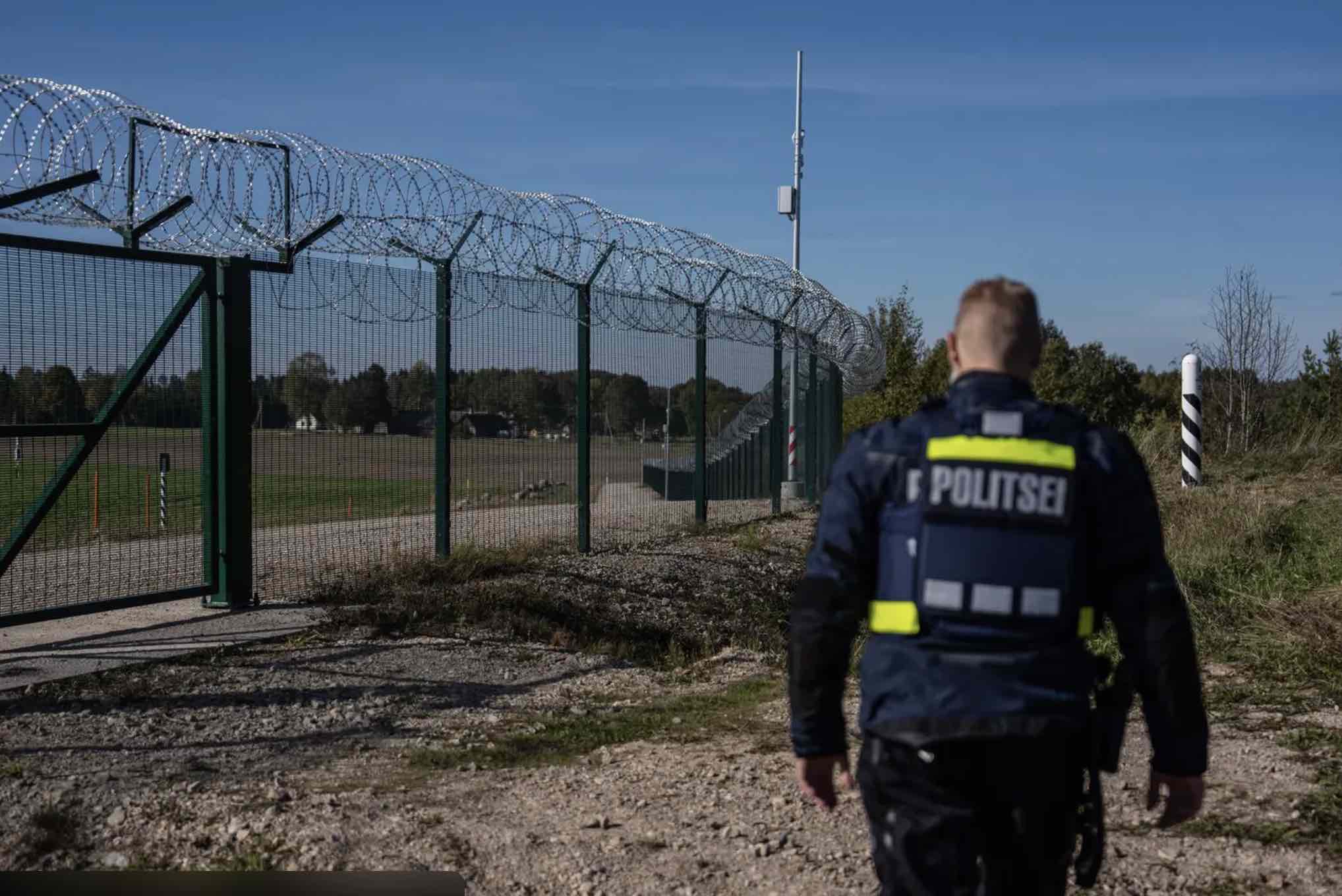


The recent closure of the Saatse Boot road on October 10, 2025, due to the presence of Russian troops, serves as a stark reminder of the complex and often volatile dynamics between the two nations. This incident is not an isolated occurrence but part of a broader pattern of provocations and border-related issues that have plagued Estonia since regaining its independence.
One of the most significant and controversial events in recent Estonian-Russian relations occurred on September 5th, 2014, when Eston Kohver, an Estonian counterintelligence officer, was abducted at gunpoint from the Luhamaa border checkpoint. Kohver was in the process of interdicting a cross-border crime when he was seized by Russian operatives who had jammed communications and used smoke grenades.
The Russian Federal Security Service (FSB) claimed responsibility for the abduction, asserting that Kohver was detained on Russian territory. However, Estonia and the European Union vehemently denied this claim, arguing that Kohver was taken from within Estonia. The incident led to a significant diplomatic rift, with Estonia demanding his immediate release. Kohver was eventually freed in a prisoner exchange in September 2015, but the abduction remains a point of contention and a symbol of the challenges Estonia faces in safeguarding its sovereignty.
Estonia has also experienced repeated violations of its airspace by Russian military aircraft. In June 2022, a Russian MI-8 helicopter entered Estonian airspace without authorization. Such incidents are not uncommon; in 2021 alone, Estonia reported five violations by Russian military and civilian aircraft. These breaches are often viewed as deliberate provocations, testing NATO’s response and Estonia’s air defense capabilities.
More recently, on September 19, 2025, three Russian MIG-31 fighter jets entered Estonian airspace above the Gulf of Finland and remained there for approximately 12 minutes. Foreign Minister Margus Tsahkna described this incursion as “unprecedentedly brazen,” highlighting the increasing audacity of Russian actions in the region. The jets’ flight plan lacked a transponder signal, and they did not communicate with Estonian air traffic control, further escalating concerns over potential military escalation.
In May 2024, Russia unilaterally removed buoys marking the border on the Narva River, a significant waterway that forms part of the boundary between Estonia and Russia. This action was condemned by Estonia and the European Union, with officials labeling it as “unacceptable.” The removal of these markers not only disrupted the physical demarcation of the border but also reignited historical territorial disputes dating back to the 1920 Tartu Peace Treaty. These disputes have long been a source of tension, with Estonia seeking the return of territories annexed by the Soviet Union after World War II.
The recent closure of the Saatse Boot road due to the presence of unmarked Russian troops is the latest in a series of border-related incidents. The Saatse Boot is a unique geographical feature where a small section of Russian territory protrudes into southeastern Estonia, creating a situation where a segment of Estonian road passes through Russian land. On October 10th, 2025, Estonian border guards observed a group of approximately seven armed men in unmarked uniforms standing on the road within the Saatse Boot. While such sightings are not unprecedented, the presence of a sizable, armed group in this area raised immediate concerns about potential provocations.
In response, Estonian authorities temporarily closed the affected road segment to ensure public safety and prevent any potential incidents. Interior Minister Igor Taro confirmed that the soldiers had departed the area by October 11th, but authorities decided to maintain the closure for several days as a precautionary measure. Foreign Minister Margus Tsahkna downplayed the incident, stating that there was “no direct threat of war” and that the situation had been “exaggerated” in some reports. Nonetheless, he acknowledged the need for vigilance and emphasized that Estonia plans to eliminate use of the road in the long term, with alternative routes already available or under construction.
These incidents underscore the broader strategic challenges Estonia faces as a NATO member state on the alliance’s eastern flank. The repeated provocations by Russia, including airspace violations, territorial disputes, and military encounters, test the unity and resolve of NATO. Estonia’s reliance on the alliance for defense and security is evident, but the frequency and nature of these incidents highlight the need for enhanced vigilance, preparedness, and diplomatic engagement.
The closure of the Saatse Boot road, while a localized response, serves as a reminder of the complexities and vulnerabilities inherent in border arrangements that cross sovereign territories. The incident has prompted discussions about the necessity of a permanent bypass to circumvent Russian land entirely, reducing dependence on such cross-border routes and enhancing national security.
Estonia’s history with Russia is marked by a series of provocations and border-related incidents that have tested the nation’s sovereignty and resilience. From the abduction of Eston Kohver to the recent closure of the Saatse Boot road, these events highlight the ongoing challenges Estonia faces in safeguarding its borders and maintaining its independence.
As tensions continue to simmer, the role of NATO and the international community in supporting Estonia’s security and sovereignty remains crucial. The recent incidents serve as a stark reminder of the complexities of international borders and the need for continued vigilance and cooperation in addressing potential threats.